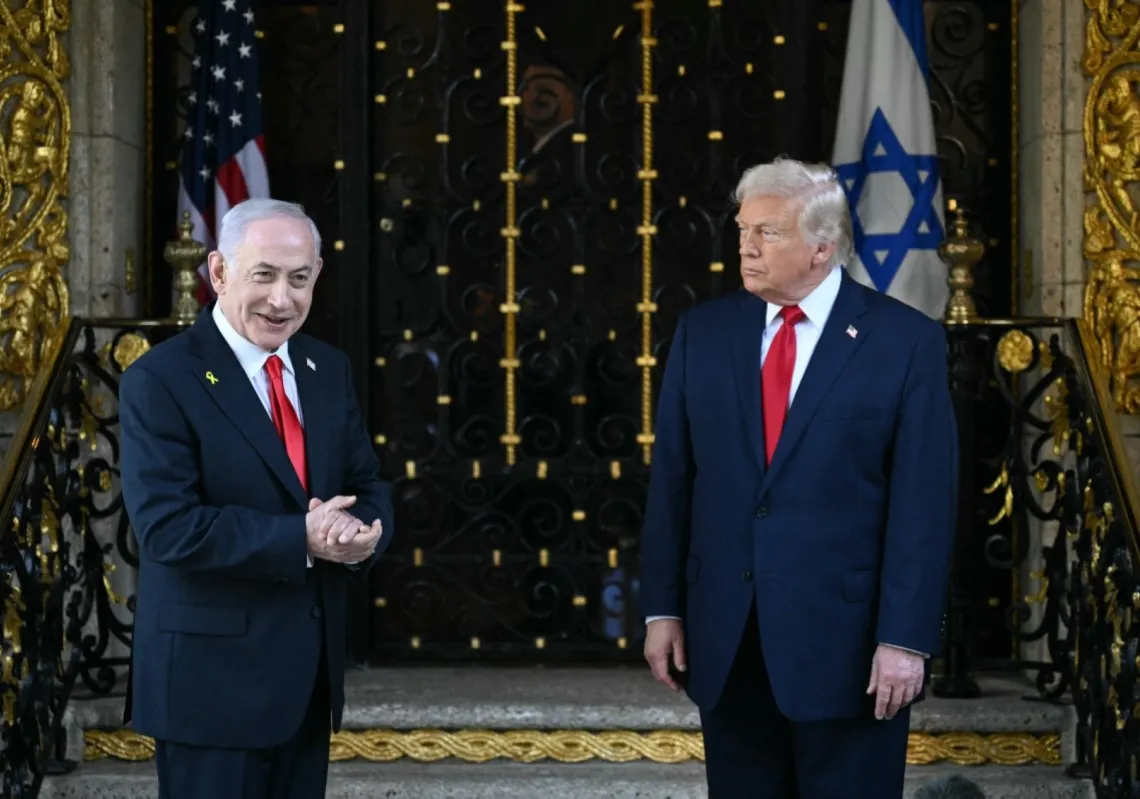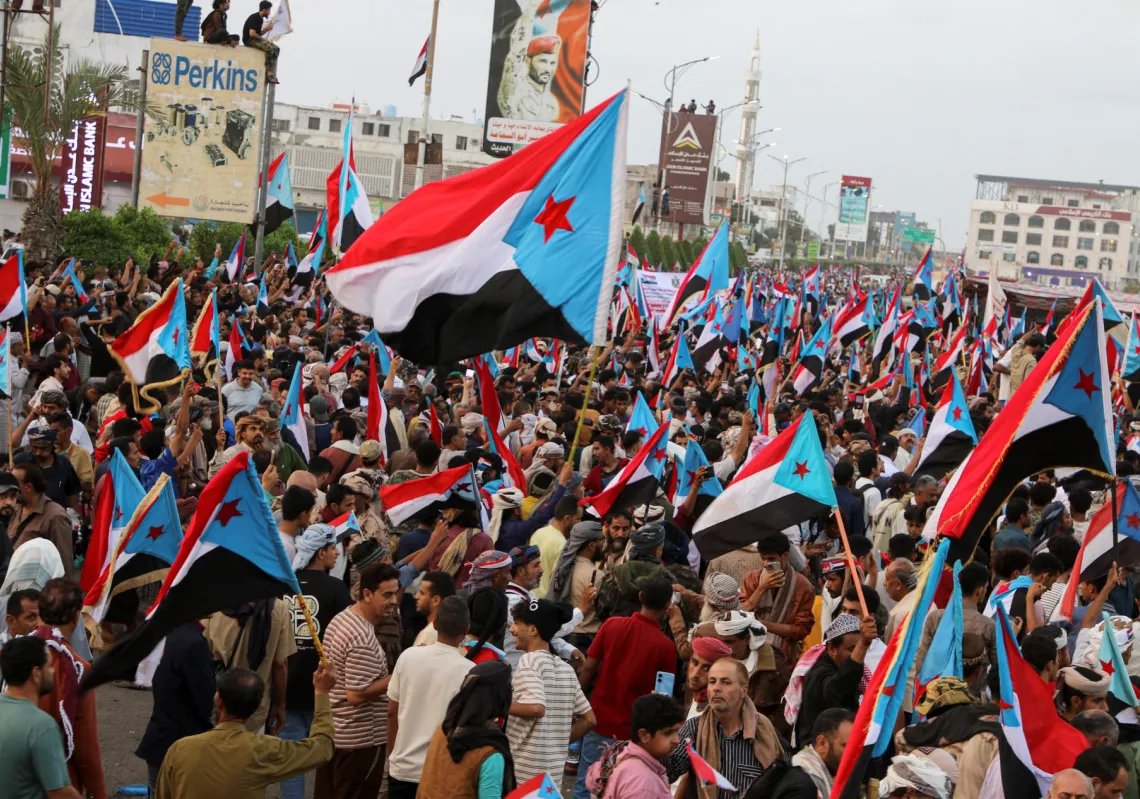On any given day, at the southern entrance of the Strait of Istanbul, there are dozens of sea vessels of various sizes waiting for their turn to enter and sail through.
The same view is to be seen at the waiting areas — mooring basins as they are called — at the end of the Aegean Sea and Black Sea.
The waterway called the Turkish Straits, running between the Black Sea and the Aegean/Mediterranean, is made up of three sections: The Strait of Çanakkale (Dardanelles) at the Aegean/Mediterranean end (60km long), the Sea of Marmara in the middle (177 km long) and the Strait of Istanbul (Bosphorus) at the Black Sea end (27 km long).
Map of Turkish Straits chokepoint (sea gate) maritime trade route for Russia and the Black Sea nations. pic.twitter.com/TNDYbpiHN1
— James Leigh (@DrJamesLeigh) July 24, 2015
The total length of the straits from one end to the other is 263km. A normal sized ship speeding at an avarage of 16 km per hour will sail from one end of the straits to the other in around 36 hours.

When Ottoman power was at its height until the 18th century, navigation and passage through the straits were under its control.
As new power houses emerged — resulting in increased conflict with Russia, England and France, considerbly weakening the Ottoman Empire — passage through the straits was based on international agreements reached among these powers.
Russia’s gateway
The straits have always been important for Russia as a gateway — both in and out. They have been the historical route to the warm seas (Mediterranean Sea) and the route of Russia’s Black Sea Fleet.
Grain and other commodities from Black Sea coasts have been sent to their destinations through this gateway.
Technological advances and modern means of transportation may have had an effect but has not stripped the straits of their importance. When grain exports during the recent war in Ukraine stopped, global food security was negatively affected.
At the end of World War I in 1918, victorious allies occupied the Ottoman capital, Istanbul and the straits. In a war of independence and under the capable leadership of Mustafa Kemal Pasha (Atatürk, the founder of the modern Republic of Türkiye) the Turks defeated and pushed out the invaders.
The Lausanne Peace Treaty between Türkiye and the Allies was signed and the modern-day Republic of Türkiye was established. A seperate but integral part of this peace agreement was the Lausanne Convention Relating to the Regime of the Straits. It established the rules for navigation through the waterway.
What the signatories of the convention (USSR, Yugoslavia, Romania, Bulgaria, Türkiye, Greece, France, the United Kingdom and Japan) agreed on, however, was not the ideal outcome for Türkiye.
Its sovereignty was limited by demilitarisation of the straits and the establishment of a commission comprising members of signatory countries whose task was to control its implementation.
The Montreux Convention
In the 1930’s, Japan’s invasion of Manchuria and Italy’s military advance on Ethiopia, together with developments in Europe, created a new security environment which was very different from the time when the convention was signed.
Citing these changes and its concerns, Türkiye called for a conference. The response was positive and signatories met in Montreux, a Swiss resort town on Lake Geneva. After a month of intense negotiations, on 20 July 1936, they signed the Montreux Convention Regarding the Regime of the Straits.
Main elements of the revised convention (a total of 29 articles plus four annexes) were as follows:
To start with, full Turkish sovereignty was restored as the commission and demilitarisation efforts were halted.
The convention differentiated between two groups of states (Black Sea and non-Black Sea) basically in favour of the former but, at the same time, established a reasonable and applicable balance of interest between them.
The principle of the Montreux Convention is that in times of peace, merchant vessels should enjoy complete freedom of passage and navigation through the straits.
Exceptions were made under Articles 20 and 21 that stipulated that Türkiye could stop passage of all warships if it believed itself to be threatened with imminent war or encountered any belligerence.
Warships were subject to restrictions and limitations such as maximum aggregate tonnage, number of vessels and duration of stay in the Black Sea.
For example, Article 18 of the convention stipulates that in times of peace, the aggregate tonnage that non-Black Sea states may have in that sea would be limited to 30,000 tonnes. Also, vessels of war belonging to non-Black Sea states could not remain in the Black Sea for more than 21 days.
Meanwhile, aircraft carriers of any nation were banned from passing through. So were submarines, but with some exceptions for those belonging to the Black Sea states.
Prior notificaitons obligatory
Prior notifications for warships to Turkish authorities were obligatory. The notification period for Riparian States was set at eight days and for non-riparian states at 15 days.
Türkiye would ensure that all notifications complied with the convention. In cases they did not, Türkiye could ask for a correction and turn down the request for passage.
Since the signing of the convention in 1936, there have been major geopolitical events including World War II, the Cold War and the collapse of the Soviet Union. Throughout the turbulence of these major wars, the Black Sea has remained safe, and this is mainly attributed to the convention which remains intact.
In the 1930’s, Japan’s invasion of Manchuria and Italy’s military advance on Ethiopia, together with developments in Europe, created a new security environment which was very different from the time when the convention was signed.
Citing these changes and its concerns, Türkiye called for a conference. The response was positive and signatories met in Montreux, a Swiss resort town on Lake Geneva. After a month of intense negotiations, on 20 July 1936, they signed the Montreux Convention Regarding the Regime of the Straits.
Main elements of the revised convention (a total of 29 articles plus four annexes) were as follows: To start with, full Turkish sovereignty was restored as the commission and demilitarisation efforts were halted.
The convention differentiated between two groups of states (Black Sea and non-Black Sea) basically in favour of the former but, at the same time, established a reasonable and applicable balance of interest between them.
Complete freedom of passage
The principle of the Montreux Convention is that in times of peace, merchant vessels should enjoy complete freedom of passage and navigation through the straits.
Exceptions were made under Articles 20 and 21 that stipulated that Türkiye could stop passage of all warships if it believed itself to be threatened with imminent war or encountered any belligerence.
Warships were subject to restrictions and limitations such as maximum aggregate tonnage, number of vessels and duration of stay in the Black Sea.
For example, Article 18 of the convention stipulates that in times of peace, the aggregate tonnage that non-Black Sea states may have in that sea would be limited to 30,000 tonnes.
Also, vessels of war belonging to non-Black Sea states could not remain in the Black Sea for more than 21 days. Meanwhile, aircraft carriers of any nation were banned from passing through. So were submarines, but with some exceptions for those belonging to the Black Sea states.
Prior notifications for warships to Turkish authorities were obligatory. The notification period for Riparian States was set at eight days and for non-riparian states at 15 days. Türkiye would ensure that all notifications complied with the convention. In cases they did not, Türkiye could ask for a correction and turn down the request for passage.
Since the signing of the convention in 1936, there have been major geopolitical events including World War II, the Cold War and the collapse of the Soviet Union.
Throughout the turbulence of these major wars, the Black Sea has remained safe, and this is mainly attributed to the convention which remains intact.













